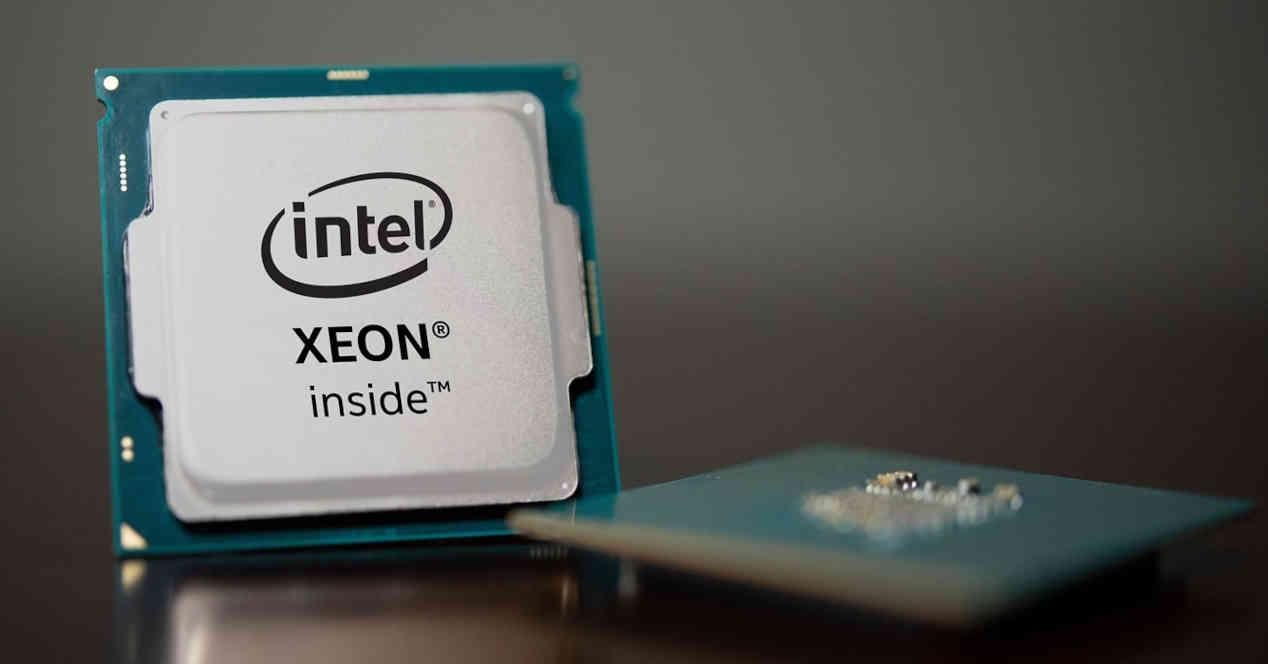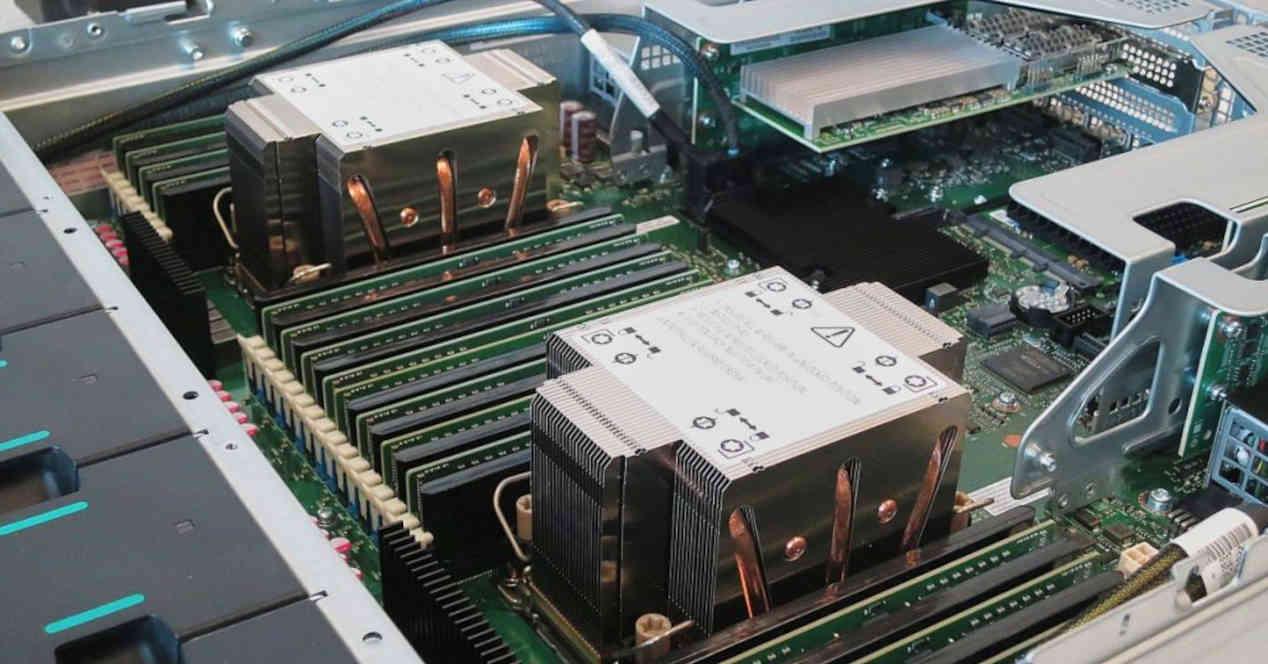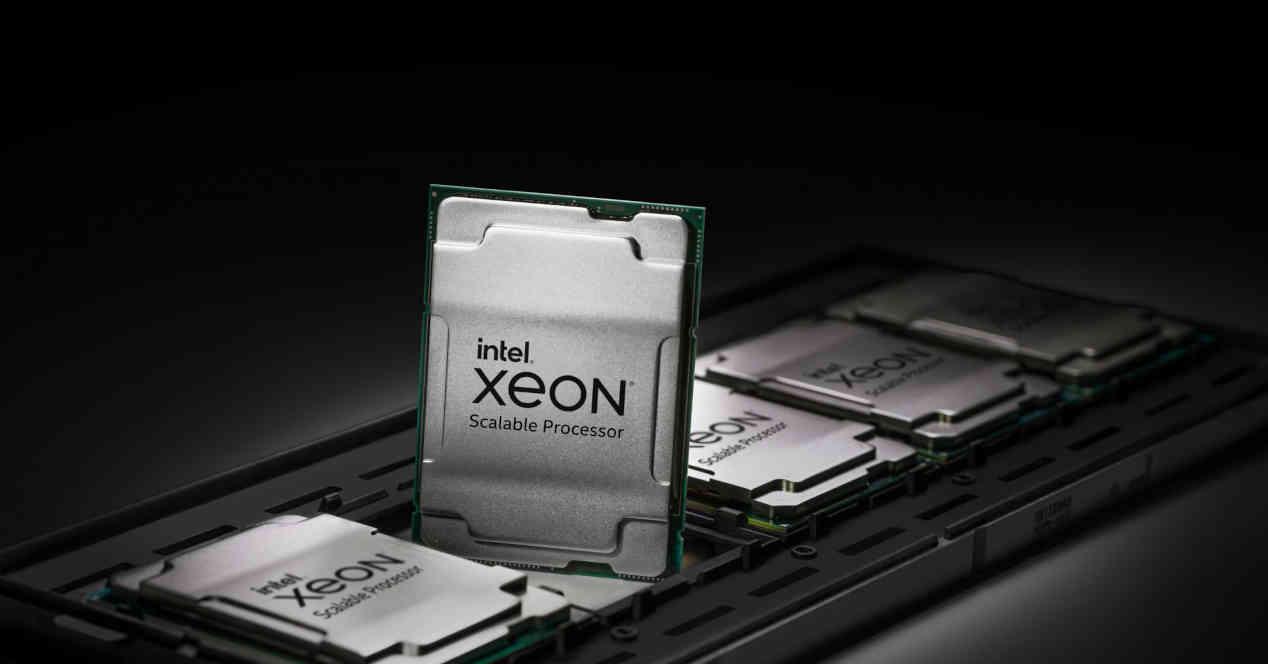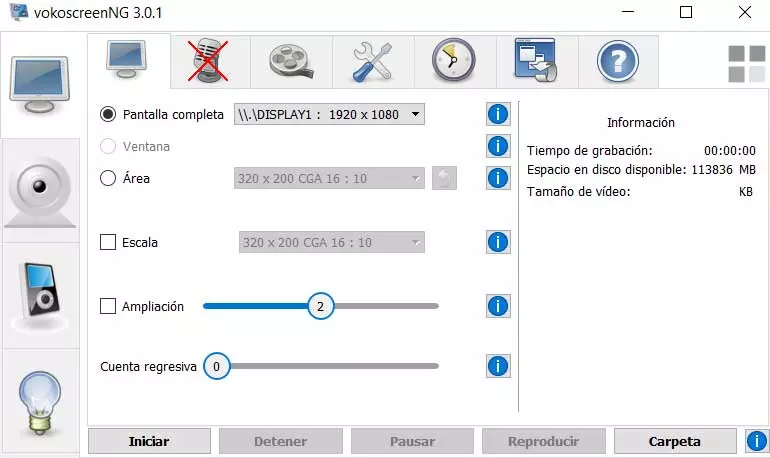
Intel has not updated its Xeon E processor lineup since Q2 2019, when it released its Xeon E-2200 CPUs based on the Coffee Lake microarchitecture, perhaps because the Comet Lake design did not bring much benefit to the specific applications for which it are designed. By contrast, the newer Xeon E-2300 CPUs will work with the microarchitecture Cypress cove, have built-in GPU with Xe-LP architecture, support for AVX-512, 20 lanes PCIe 4.0 and memory support Ddr4 3200 MHz, offering significantly higher performance, faster PCI support, and improved media processing capabilities compared to the previous generation.
Rocket Lake finally reaches Intel Xeon E CPUs
Intel’s Xeon E-2300 series Rocket Lake CPU list published by hardware researcher @momomo_us includes 10 models with 65W, 80W and 95W Thermal Design Power (TDP) that are compatible with socket motherboards. LGA1200 designed for the Tatlow platform. However, it should be noted that the list comes from an unofficial source, so we cannot verify its legitimacy. Meanwhile, Intel’s Tatlow platform is probably still several weeks away from its official announcement, so at this point the leaked specs are usually correct.
| Cores / Threads | Base frequency | |
|---|---|---|
| Xeon E-2388G | 8/16 | 3.20 GHz |
| Xeon E-2386G | 6/12 | 3.50 GHz |
| Xeon E-2378G | 8/16 | 2.80 GHz |
| Xeon E-2378 | 8/16 | 2.60 GHz |
| Xeon E-2374G | 4/8 | 3.70 GHz |
| Xeon E-2356G | 6/12 | 3.20 GHz |
| Xeon E-2336 | 6/12 | 2.90 GHz |
| Xeon E-2334 | 4/8 | 3.40 GHz |
| Xeon E-2324G | 4/8 | 3.10 GHz |
| Xeon E-2314 | 4/8 | 2.80 GHz |
The Xeon E-2300 processor family includes three eight-core, three six-core, and four quad-core processors. It should be noted that the eight-core and six-core CPUs have fairly moderate operating frequencies compared to the brand’s Xeon W-1300 chips, which is logical considering that Intel is somewhat restricted with cooling capabilities in servers from input range like these are; In addition, OEMs that integrate these processors will want to ensure maximum longevity and reliability of their machines, so they cannot have too high TDP.
Six Xeon E Rocket Lake CPU chips feature the new Xe-LP GPU built in, although the internal configuration of these GPUs is unknown (it’s safe to say though that we are talking about GPUs with 32 EU or up to UHD Graphics P750). Previously, Intel integrated its P-series GPUs into Xeon E processors, which basically means driver certifications for more than 15 CAD programs, which is important for entry-level workstations and VDI applications.
In terms of multimedia capabilities, these Intel Rocket Lake processors support 12-bit end-to-end video pipelining that supports resolution 4K / 8K at 60 FPS with Dolby Vision HDR and hardware decoding of codecs HEVC Y AV1. On the other hand, the number of video decoders and encoders within the Rocket Lake Xe-LP implementation is less compared to the number of such units within the Tiger Lake implementation, and therefore although Intel formally positions its platform Tatlow for Tier 2/3 Content Service Providers (CSPs), it remains to be seen if it is competitive compared to other Intel solutions.
Speaking of Intel’s Tatlow in general, we should note that Intel’s Xeon E-2300 series processor motherboards are configured to have up to four DIMM sockets for RAM, up to three PCIe slots, up to two M.2 and up to eight SATA ports. Tatlow is designed for multipurpose small business servers and workstations; Intel has not yet commented on these unannounced products.





